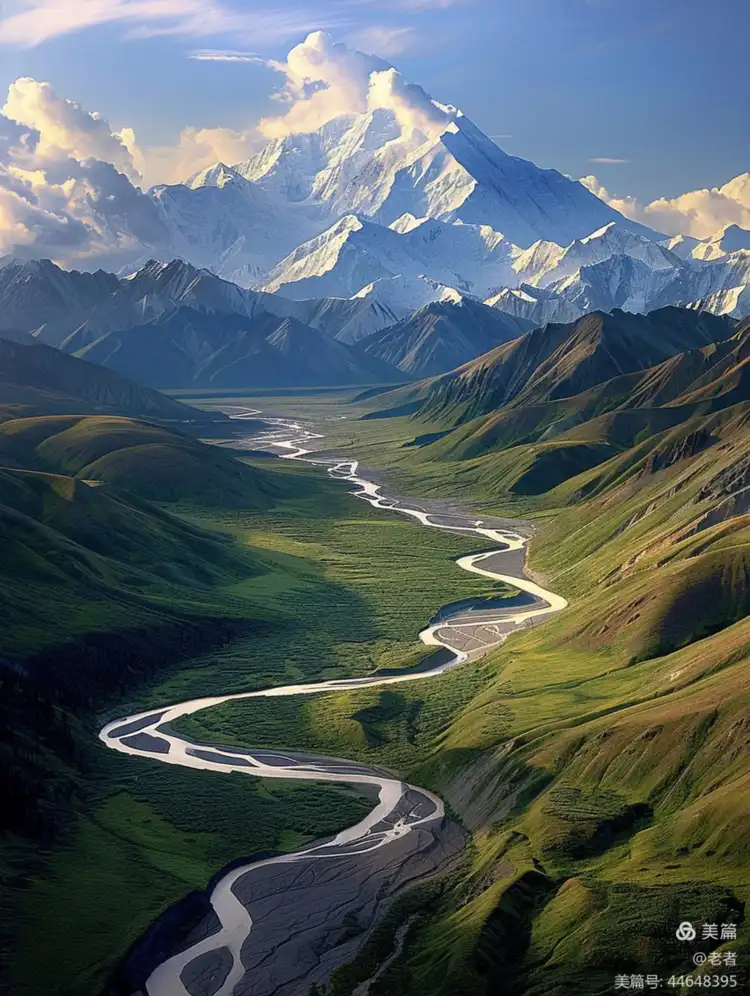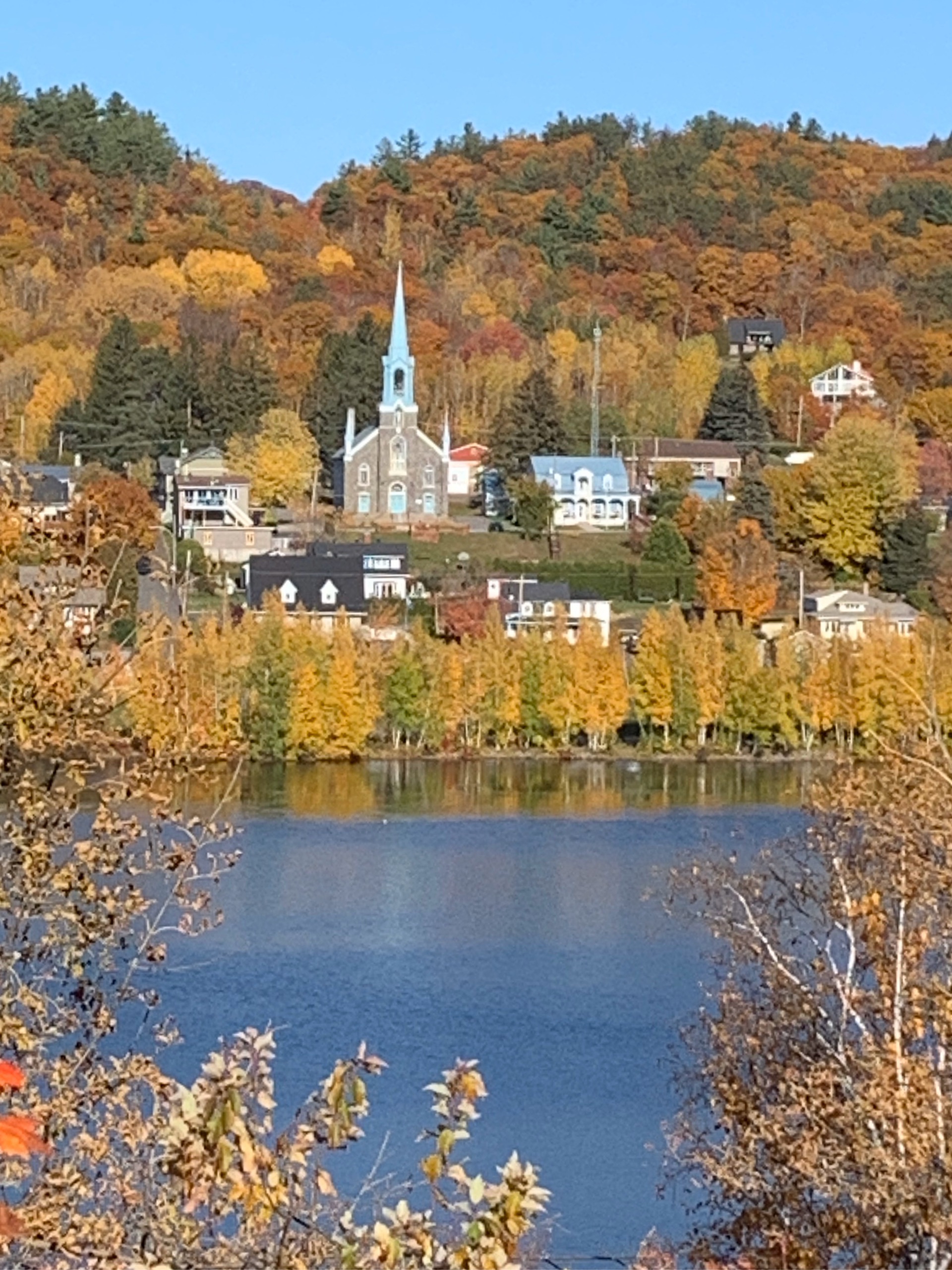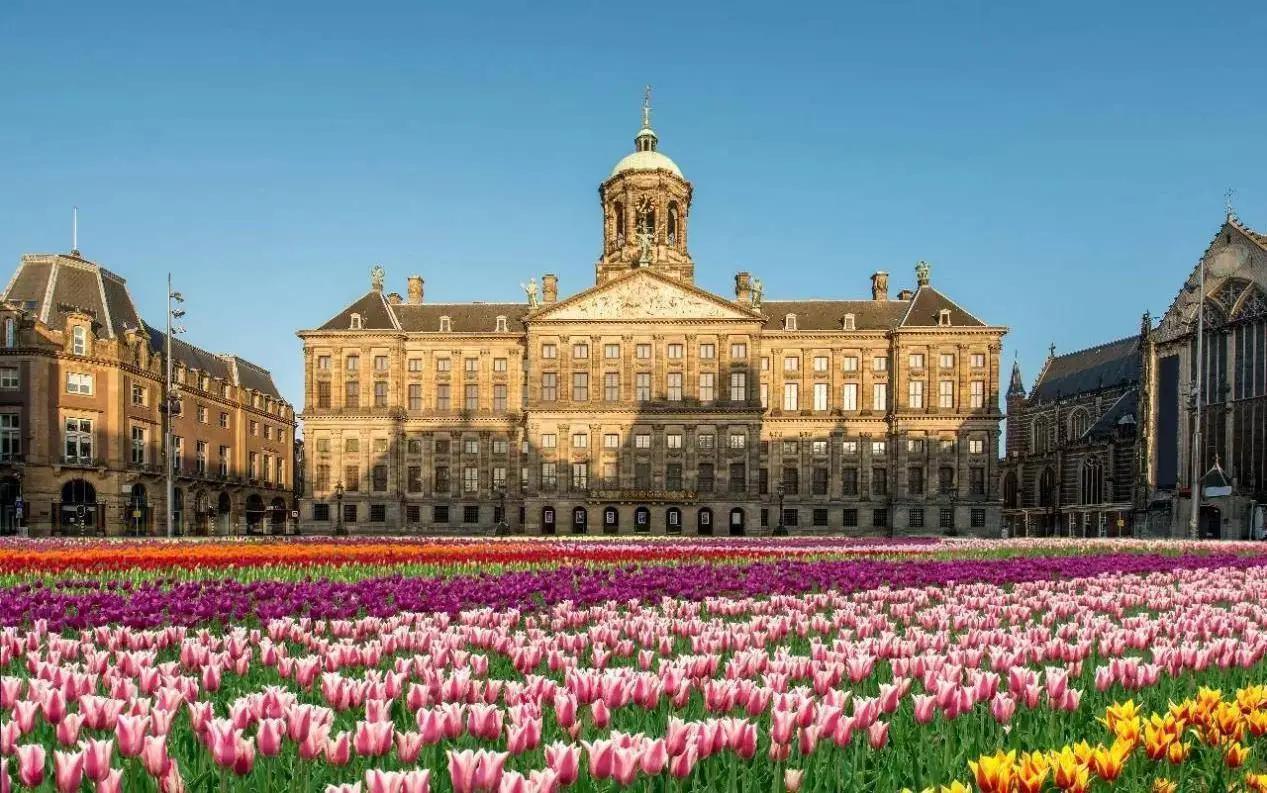Global Travel Information
Kalahari Gemsbok National Park, South Africa/Botswana
The Kalahari’s Enduring Majesty: A Journey into Kgalagadi Transfrontier Park
There is a place where borders dissolve not just between nations, but between time itself. A place where the sun bleaches the sky to a pale, endless blue and the earth burns a deep, fiery red. This is the Kgalagadi Transfrontier Park, a vast wilderness born from the union of South Africa’s Kalahari Gemsbok National Park and Botswana’s Gemsbok National Park. To venture here is not merely to go on safari; it is to submit to the ancient, raw rhythm of the Kalahari Desert, one of the last great untamed spaces on Earth.
The first and most enduring impression is the landscape itself. This is not a desert of towering sand dunes, but a sweeping, semi-arid savanna characterized by endless rust-red sand dunes, stabilised by silvery-green clumps of hardy grasses. These dunes run in parallel lines for hundreds of kilometres, a testament to the patient, sculpting hand of the wind. The dry riverbeds of the Auob and the Nossob are the park’s lifelines, carving shallow valleys through the sea of sand. These omiramba (an old San word for fossil river) are lined with majestic camelthorn trees, their gnarled, blackened branches and vibrant green leaves providing precious shade and sustenance. Their roots delve deep into the earth, tapping into hidden water reserves, making them towering oases in this arid land. Beneath them, the iconic white-faced quiver trees stand like silent, sentinel sculptures, their succulent branches once used by the San people to make quivers for their arrows. The sheer scale is hypnotic, inducing a profound sense of isolation and perspective.
Life here is a masterclass in adaptation. The Kgalagadi is a stronghold for desert-adapted species that have evolved remarkable strategies to survive the harsh conditions. The most iconic of these is the majestic gemsbok, or oryx, whose elegant, spear-like horns and striking black-and-white facial markings are the very emblem of the park. They are a breathtaking sight, often seen in small herds, moving with a graceful austerity across the plains. To watch a gemsbok turn its broadside to the sun, its black flank absorbing heat to reduce thermal stress, is to witness evolution in its purest form.
But the gemsbok is just one player in this grand drama. Towering above all are the Kalahari’s legendary black-maned lions. These are not the lions of the lush, watered savannas; these are giants of the desert, often larger and more impressive, their magnificent dark manes a symbol of their resilience. They are masters of their domain, often seen resting in the shade of a camelthorn during the blistering heat of the day, or silhouetted against a dunes at dusk. The park is also one of the best places in Africa to witness the elusive and enigmatic leopard, its rosetted coat perfect camouflage in the dappled light of the riverbeds.
The predator spectacle continues with the incredibly efficient cheetahs, who use the open plains to reach breathtaking speeds in pursuit of springbok, and the highly social spotted hyenas whose whooping calls echo through the cold night air. Yet, perhaps the most characteristic sight is the chorus of smaller, no less fascinating, creatures: the bat-eared foxes with their enormous radar-dish ears, the comical, ground-foraging meerkats standing sentry on their hind legs, and the bustling colonies of social weavers whose massive, communal nests look like haystacks improbably draped over thorn trees.

The human history of this land is as deep and layered as the sand itself. For millennia, it was the home of the San people, the first inhabitants of Southern Africa. They are the true masters of the Kalahari, possessing an encyclopaedic knowledge of its plants, animals, and scarce water sources. Their ancient wisdom, survival skills, and profound spiritual connection to this landscape are an integral, if invisible, part of the park’s essence. Traces of their presence can be felt in the silent, open spaces, a reminder of a hunter-gatherer way of life that persisted here for thousands of years. The later arrival of European settlers and the establishment of the park in 1931 brought change, but the spirit of the San and their reverence for this harsh environment endures.
A journey through the Kgalagadi is an exercise in self-reliance. The rest camps, like the famed Twee Rivieren, Mata-Mata, and Nossob, are remote oases offering basic but comfortable accommodation, from rustic chalets to campsites where the sounds of the wild are your nightly soundtrack. The true magic, however, lies in the wilderness camps – like the breathtakingly remote Gharagab or Bitterpan, accessible only by 4x4. Here, with no electricity, only the light of a million stars and the chorus of the African night, you understand what true solitude and connection to nature really mean.
The rhythm of a day is dictated by the sun. Pre-dawn drives are rewarded with the spectacle of predators still active in the cool air. The midday hours are for retreat, for reading in the shade and watching the parade of life at a waterhole – a nervous steenbok, a lumbering giraffe, a flock of Namaqua sandgrouse arriving in a synchronized flutter to drink. The evening is golden, the low sun setting the entire world ablaze in shades of orange, red, and purple. This is when the landscape is at its most photogenic, and the animals begin to stir once more.
To visit the Kgalagadi Transfrontier Park is to strip away the non-essential. It is a place that demands patience, rewards observation, and imprints itself upon your soul not with overwhelming abundance, but with its stark, powerful beauty and the relentless, inspiring will of its inhabitants to survive. It is a testament to the wild, untamable heart of Africa, a majestic, red-duned sanctuary where the ancient dialogue between the land, its creatures, and the cosmos continues, uninterrupted. It is more than a park; it is an experience of profound and humbling grandeur.
相关文章
- Elbe River Amusement Parks: Rides with River Views
- Elbe River Camping Spots: Pitch a Tent by the Water
- Elbe River Glamping Sites: Luxury Camping Along the Banks
- Elbe River RV Parks: Stay in Your Camper Near the River
- Elbe River B&Bs: Cozy Accommodations with a Personal Touch
- Elbe River Hostels: Budget Stays for Young Travelers
- Elbe River Business Travel Guide: Meetings & Events Near the Water
- Elbe River Conference Venues: Spaces with River Views
- Elbe River Wedding Venues: Tie the Knot by the Water
- Elbe River Funeral Services: Respectful Locations Along the Banks
发表评论
评论列表
- 这篇文章还没有收到评论,赶紧来抢沙发吧~


